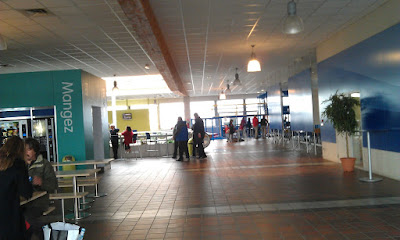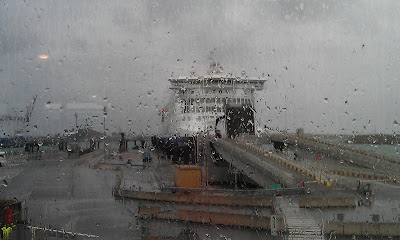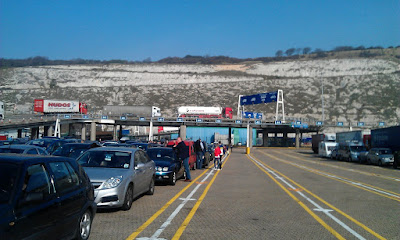The Hall of Mirrors, the King’s Grand Apartments, the Museum of the History of France. The Château de Versailles, the seat of power until 1789, has continued to unfurl its splendour over the course of centuries. Originally a humble hunting lodge built by Louis XIII. Louis XIV chose the site to build the palace we know today, the symbol of royal absolutism and embodiment of classical French art.
These shoes are made from stainless steel saucepans and lids.
These shoes are made from stainless steel saucepans and lids.
From the central window of the Hall of mirrors the visitor look down on the grand perspective that leads the gaze from the Water Parterre to the horizon. This original perspective, which preceded the reign of Louis XIV, was developed and prolonged by the gardener André Le Nôtre by widening the Royal Path and digging the Grand Canal. This vast perspective stretches
Planning to visit the house and gardens then you need to get there as early as possible.
Would suggest you buy your ticket before hand. If you do have to buy tickets on the day allow extra time as the cues can be long. While there is a ticket office you can get your tickets from an auto ticket machine using cash or credit card. This does include an audio guide if you are visiting the palace and apartments.
While you cannot take food/drink into the palace there are a couple of restaurant style places to eat. They don't object taking a small bottle of water but you will need to have your bags scanned etc.









